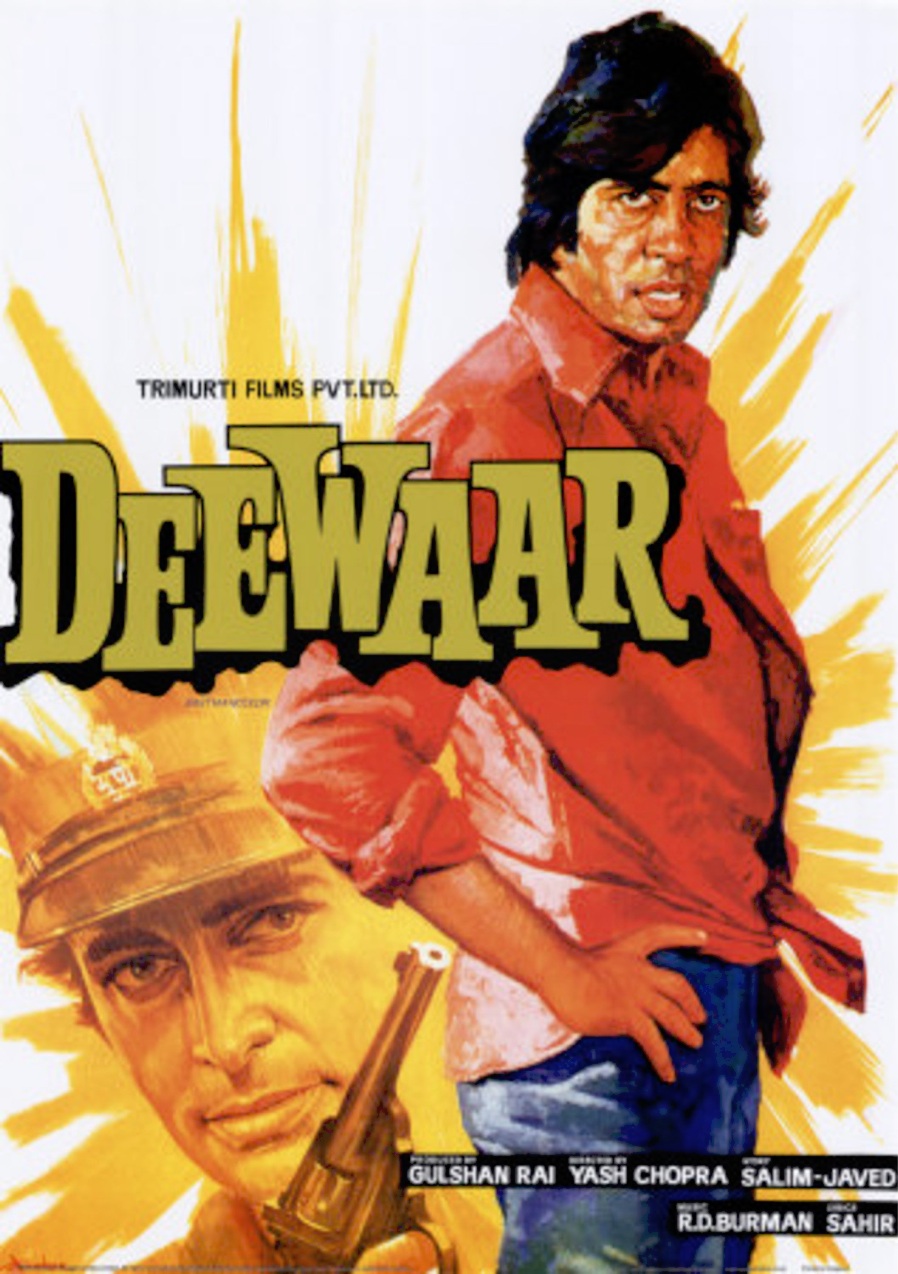I’m not drawn to the movies as much as I am to their images. When I look at old B-movie posters and stills, I tend to fantasise about the worlds behind them, they provoke my imagination and start off stories in my head,” says Devraj in an interview with R Krishna. Edited excerpts…
A lot of your work — Sudershan, The Art Of Bollywood and Quick Gun Murugun — has been inspired by films. What is it about cinema that draws you?
As a screenwriter, I’ve tackled many different subjects, from comedy to some fairly serious drama. Frankly, the more difficult, challenging work often does not get funding or a wide release, while it’s relatively easier to find takers for the pop culture stuff.
Not that I don’t enjoy digging into pop culture, it’s great fun. I’m not drawn to the movies as much as I am to their images. When I look at old B-movie posters and stills, I tend to fantasise about the worlds behind them, they provoke my imagination and start off stories in my head. Then I go wherever that takes me. But with The Art of Bollywood, my book on movie posters, the idea was to stay with the images and discover the real stories behind them.
What, according to you, are the challenging things about writing spoofs? In a spoof, it’s tough to get the jokes right every time, so how do you do it?
Well, I’m not really into spoofs, or the kind of gag film where you lampoon specific movie scenes and cliches. Yes, Quick Gun was partly in that space, but I’ve moved on. The story in Sudershan (Chimpanzee) has elements of parody and satire, but the humour often comes from another place. It’s generally darker, and a bit twisted and absurd.
My challenge was to take the reader along on this very strange ride. It requires a suspension of disbelief, which I addressed with the very first image. The caption is ‘Moti the Wonder Dog drives a taxi’ and there’s the dog himself, saying ‘Diesel ka gaadi best hai’. Either you say ‘Haan, barobar’ and sit back, or you jump into another cab.
The other challenge was in the tone of the narrative, which is comic-tragic, turning on a dime from low humour to some fairly bleak subjects like exploitation, paranoia, self-destructive behaviour. It’s definitely not Hot Shots, Part Deux.
Sudershan looks behind the scene at B-movies. How did you observe this world?
The book is set in a shadow Bollywood where animal stars are marquee names alongside human actors. I had a lot of material to draw on to create this world, since I’d researched the Indian B-movie scene earlier, for TV shows, and also for my poster book.
Here and there, I’ve also drawn on the filmi characters I’ve met over the years, all their tragic-but-funny stories, and sometimes, their actual words.
More importantly, I’ve derived my narrative structure from the way these people tell stories, the way they turn their own lives into filmi narratives, where odds are overcome to achieve fame, but then fate intervenes, and commences a downward spiral. There’s a template to these stories, which I’ve followed.
Do you think that the urban, multiplex audience tends to look down on B-films? Did you write Sudershan with the intention of changing that worldview?
Well, you get all kinds of responses to B-films. Some people dismiss them outright, others embrace them with that hipster smirk which says, ya, it’s kitsch, but it’s cool. I don’t agree with either stance. The definition of kitsch is sentimental trash masquerading as art, and to me, that describes Sanjay Leela Bhansali, not Dara Singh. I like B-movie images for the stories they promise, their eccentric worlds. I’m content to explore these narratives and characters, without trying to change any worldview.

